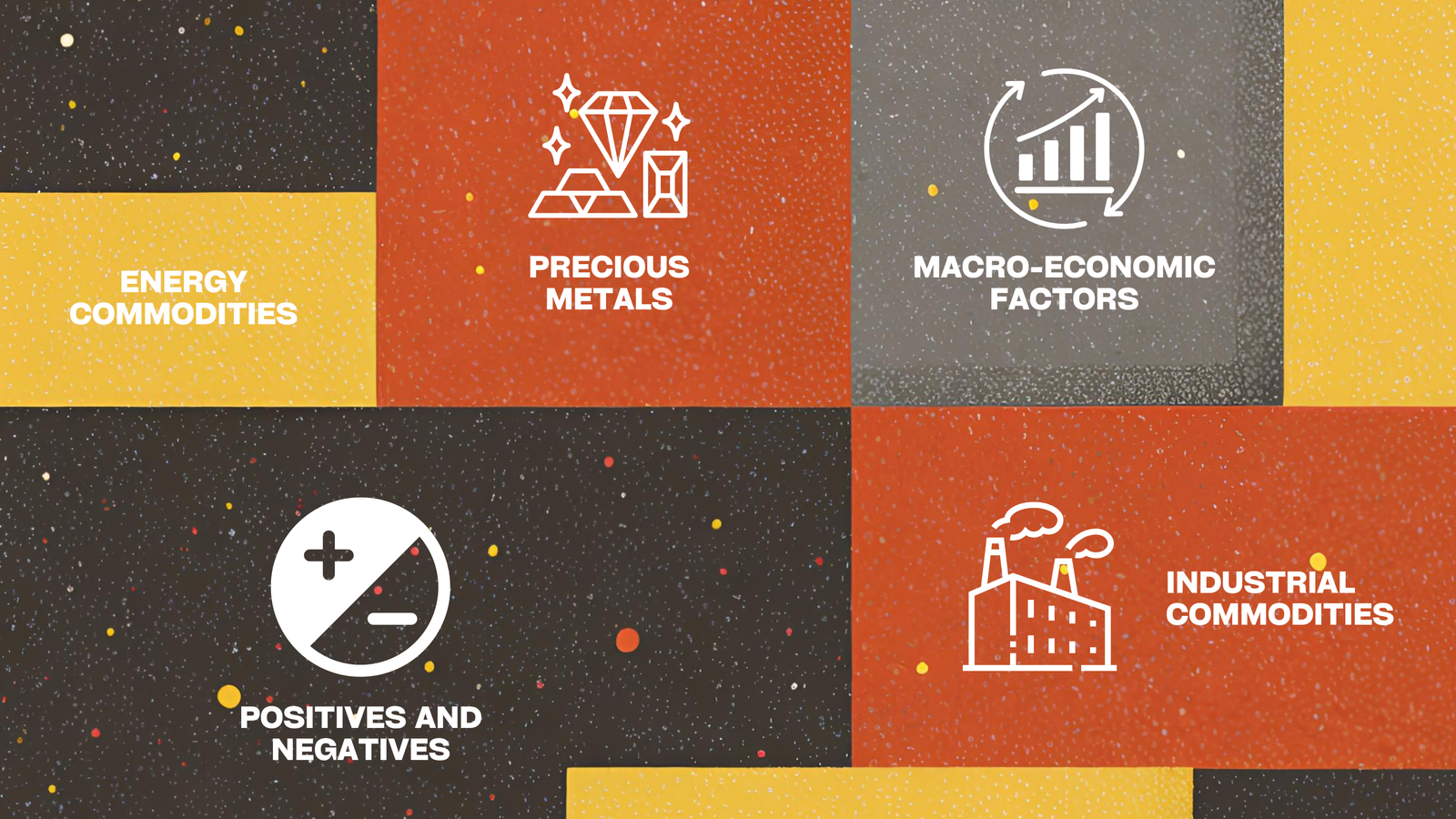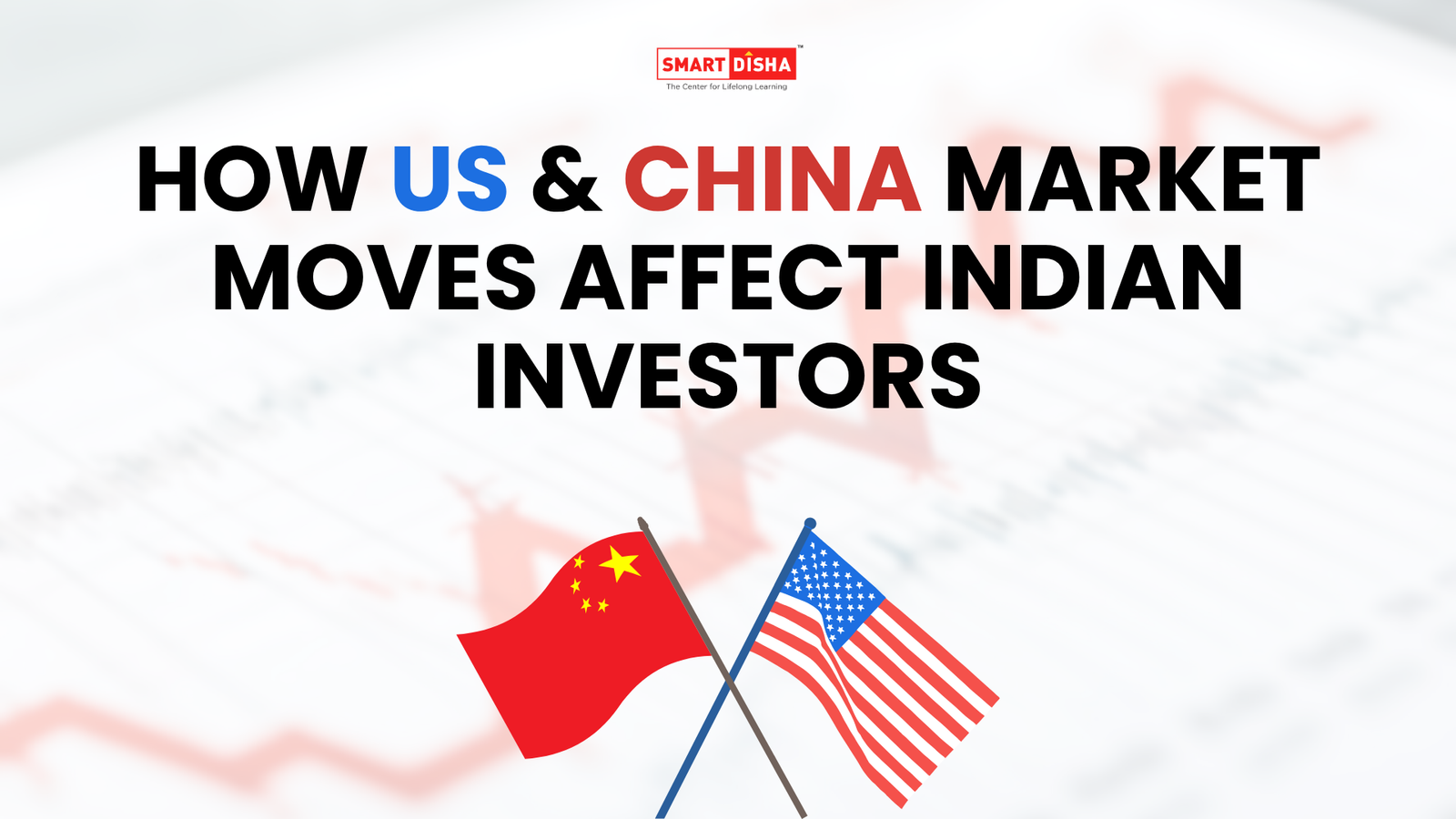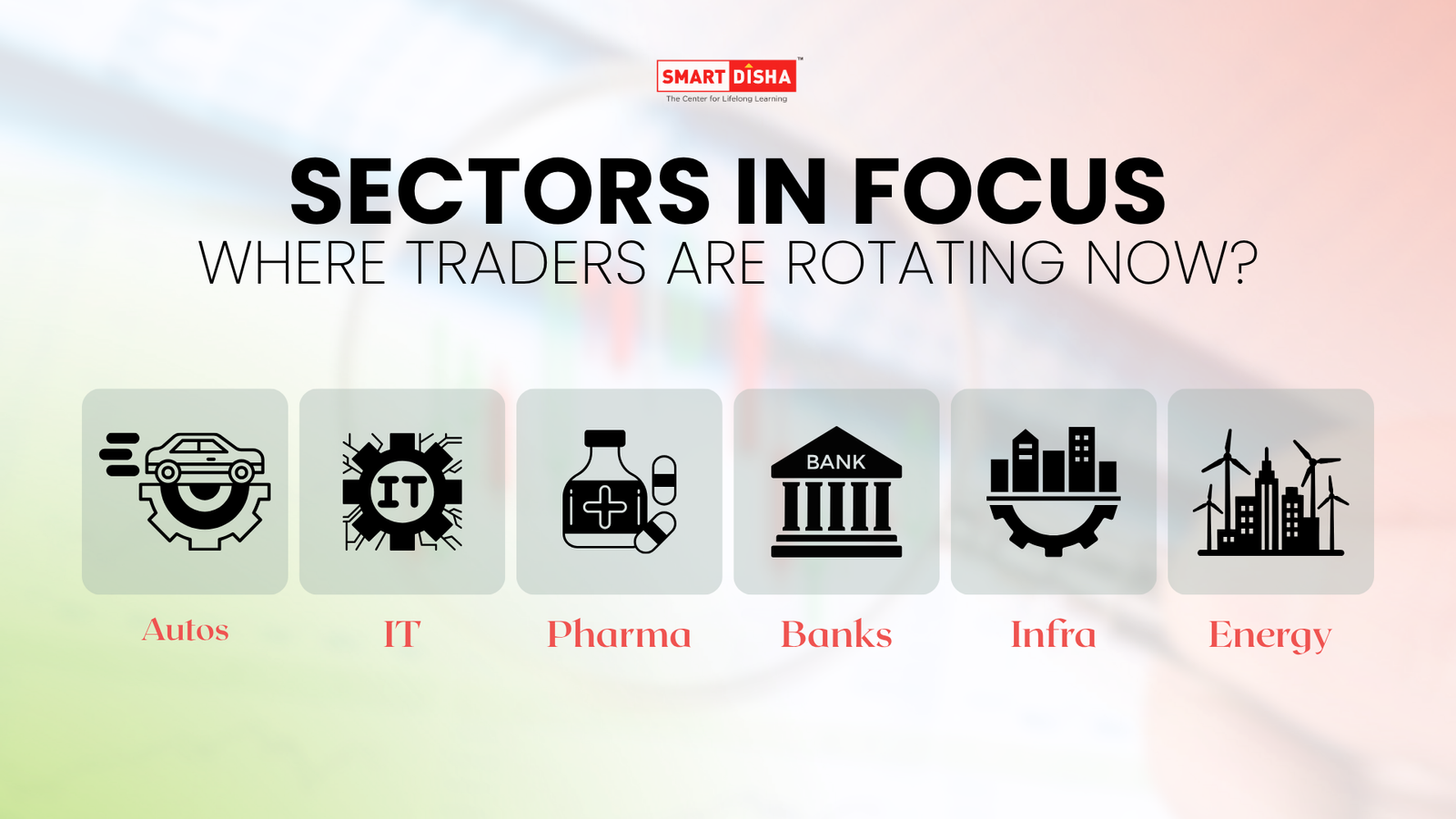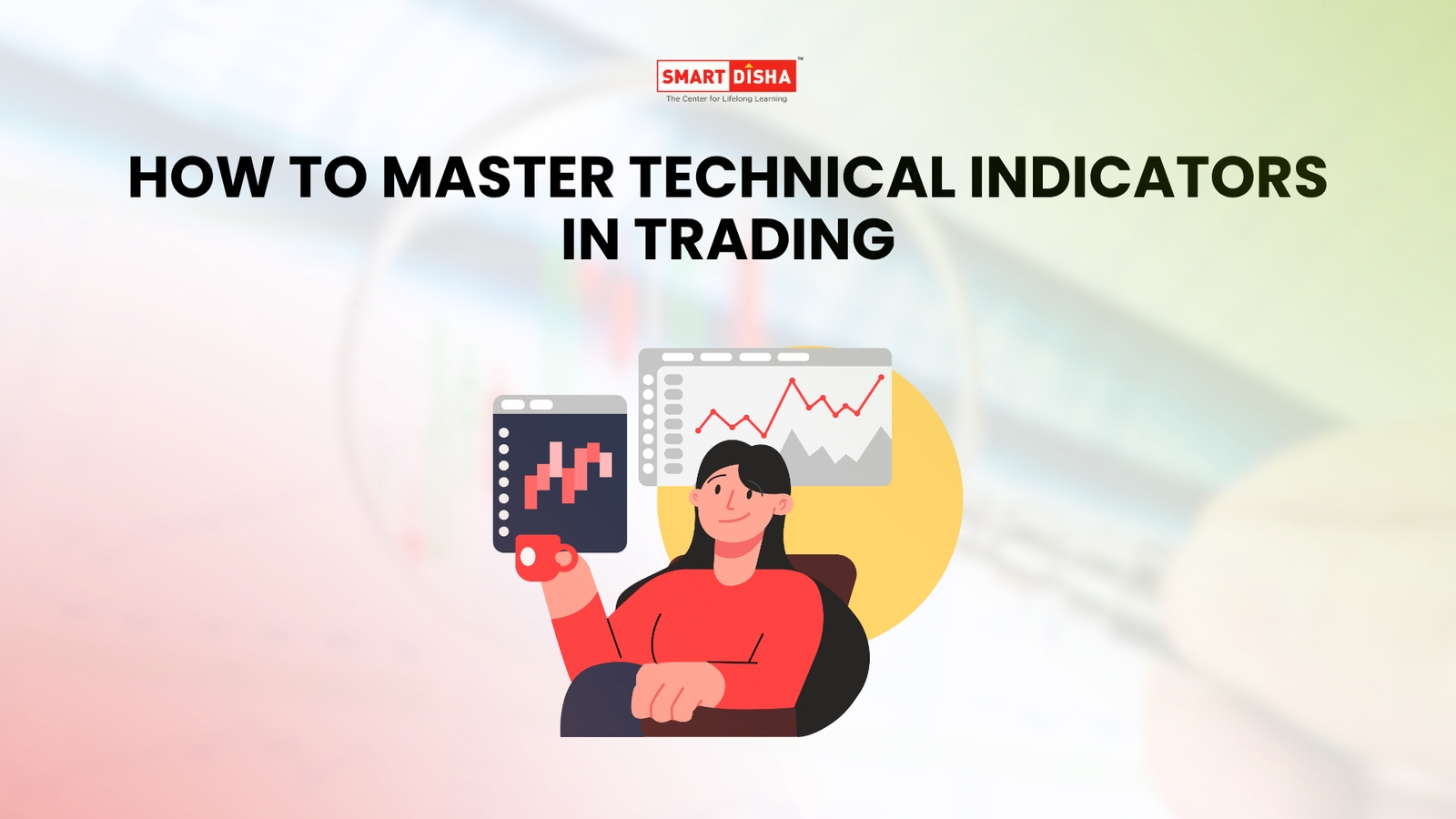Understanding commodity markets can seem daunting, but they play a crucial role in the global economy and offer unique investment opportunities. Here, we provide a detailed commodity outlook for 2025, delving into precious metals, industrial commodities, and energy products, while exploring the macroeconomic factors shaping these markets.
Macro-Economic Factors Impacting Commodity Prices
Sticky US Inflation and the Fed’s Hawkish Stance
- Sticky Inflation: US inflation remains persistent due to a robust labour market and sustained consumer spending. This stickiness in inflation has left the Federal Reserve with limited room for significant rate cuts in the short term.
- Healthy Job Market: Low unemployment rates and consistent wage growth contribute to inflationary pressures, influencing commodity prices indirectly.
- Hawkish Fed Policy: The Federal Reserve’s December 2024 meeting highlighted its commitment to taming inflation through cautious monetary policies, signalling fewer rate cuts in 2025.
- Trump’s Tariffs and Growth Agenda: The lingering impact of tariffs imposed during Trump’s administration continues to affect global trade dynamics, particularly for industrial commodities.
China’s Economic Concerns
- Weak Growth Outlook: China’s sluggish economic growth and reduced industrial output create a drag on demand for raw materials.
- Policy Uncertainty: Efforts to stabilize the economy have been mixed, with measures failing to fully revive consumption and industrial activity.
- Global Ripple Effect: As a major consumer of commodities, China’s economic health directly impacts global prices.
Precious Metals is A Safe Haven?
Why and How to Invest in Gold
Gold remains a cornerstone of investment during economic and geopolitical uncertainty. Options to invest include:
- Physical Gold: Coins, bars, and jewellery offer tangible ownership.
- Gold ETFs: Exchange-traded funds provide liquidity and ease of trading.
- Gold Futures: For experienced investors, futures allow speculation on price movements.
Factors Influencing Gold Prices
- US Monetary Policy: Interest rate decisions directly influence the opportunity cost of holding gold.
- Geopolitical Issues: Escalating conflicts or global instability drive demand for gold as a safe haven.
- Inflation Hedging: Gold serves as a hedge against inflation, preserving purchasing power.
Key Bullish Factors for Gold
- Central Bank Purchases: Record central bank buying supports gold prices.
- Weakening Dollar: A weaker dollar increases gold’s attractiveness to international investors.
- Supply Constraints: Limited new gold production keeps upward pressure on prices.
Gold Trends and Facts
- Over the past two decades, gold has averaged annual returns of approximately 9%.
- Gold’s historical performance during economic downturns underscores its resilience.
Risk Factors for Gold
- Rising Interest Rates: Higher rates reduce gold’s appeal as a non-yielding asset.
- Technological Substitutes: Advances in synthetic alternatives may impact demand.
Gold vs. Gold ETFs
- Physical Gold: Offers stability and intrinsic value but incurs storage and insurance costs.
- Gold ETFs: Provide easy trading and diversification but are subject to market volatility.
Silver have Hedge Upside Potential in 2025
Silver’s dual role as an industrial and precious metal enhances its investment appeal:
- Industrial Demand: Usage in electronics, solar panels, and medical devices bolsters long-term demand.
- Price Trends: Analysts forecast a bullish trend driven by increased industrial applications and investor interest.
Industrial Commodities
Downside Pressure in the Near Term
- The Fed Factor: High interest rates suppress industrial activity, reducing demand for base metals.
- Trump’s Policies: Trade restrictions and tariffs disrupt global supply chains, creating price volatility.
- Weak China: Reduced manufacturing and construction activity weigh heavily on industrial commodities.
Recovery Likely After Q1 2025
While short-term pressures persist, global infrastructure spending and green energy initiatives are expected to drive demand growth later in 2025.
Positives and Negatives for Key Industrial Commodities
Copper:
- Drivers:
- Electrification trends, including EV adoption.
- Infrastructure spending in emerging economies.
- Dampeners:
- Elevated inventory levels.
- Weak global demand.
- LME Prices: Three-month copper prices are projected to stabilize around $9,000 per ton post-Q1 2025.
Zinc:
- Positives:
- Increased demand in galvanization for construction.
- Tight supply in key markets.
- Negatives:
- Overproduction concerns in secondary markets.
- Reduced Chinese exports.
- LME Prices: Zinc prices are expected to recover to $3,200 per ton by mid-2025.
Energy Commodities
Crude Oil is A Volatile Yet Vital Asset
- Positives:
- OPEC’s strategic production cuts are expected to support prices.
- Geopolitical tensions in oil-producing regions.
- Negatives:
- High global inventories.
- Increasing competition from renewable energy sources.
- WTI Front-Month Prices: Analysts predict an average price range of $75-$85 per barrel in 2025.
- Supply Analysis: OPEC’s cohesive strategy to maintain production discipline remains a key factor.
Natural Gas is A Cleaner Energy Option
- Positives:
- Transition to clean energy boosts natural gas demand.
- Cold winters in key markets increase seasonal demand.
- Negatives:
- Competition from renewable sources and hydrogen.
- Storage capacity constraints in major economies.
- Front-Month Prices: Prices are projected to average $3.50-$4.00 per MMBtu in 2025.
- Inventory Levels: Fluctuating inventories remain a critical variable for price trends.
Final Commodity Outlook for 2025
- Gold and Silver: Positioned for continued strength, supported by macroeconomic and geopolitical factors.
- Industrial Commodities: Likely to see short-term pressure but poised for recovery as global growth stabilizes.
- Energy Commodities: Volatility persists, but strategic OPEC actions and clean energy transitions provide growth avenues.
Key Takeaways
- Monitor Macro Trends: US inflation, Fed policies, and China’s economic performance are critical.
- Diversify Investments: Balance precious metals, industrial commodities, and energy products in your portfolio.
- Hedge Risks: Use commodities like gold and silver to hedge against inflation and uncertainty.
- Stay Informed: Regularly track LME prices and market updates.
- Consider Long-Term Prospects: Look beyond short-term volatility for medium- to long-term gains.
Financial Disclaimer
This blog is for informational purposes only and does not constitute financial advice. Investments in commodities are subject to market risks, including price volatility, geopolitical risks, and changes in supply-demand dynamics. Consult a qualified financial advisor before making any investment decisions.




